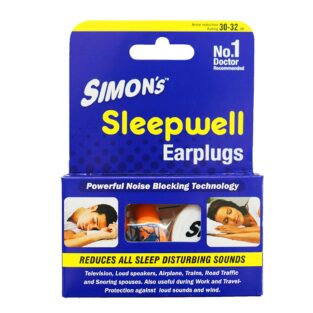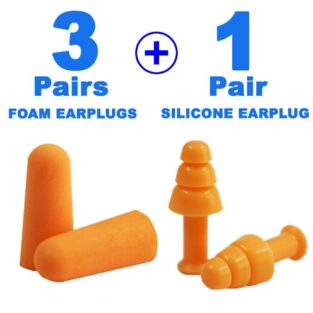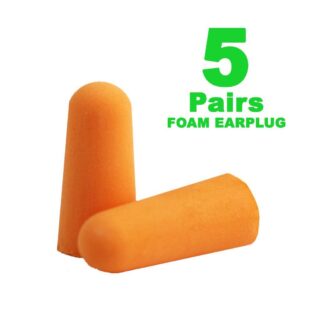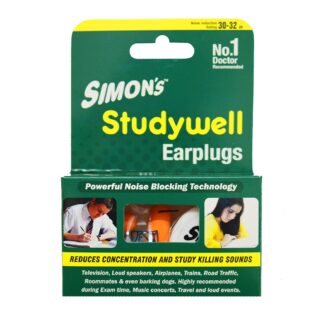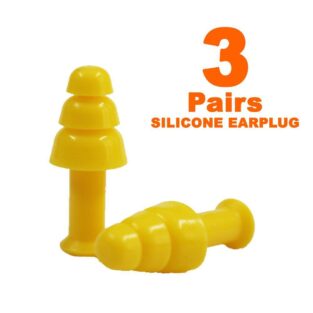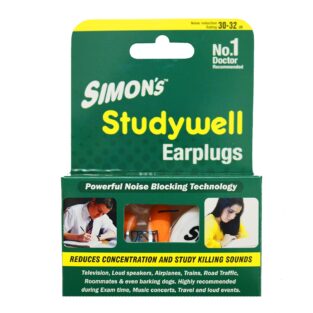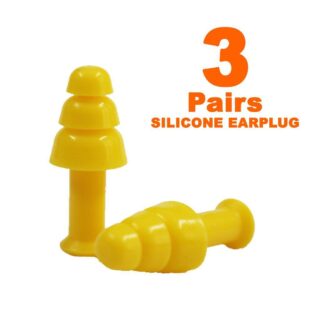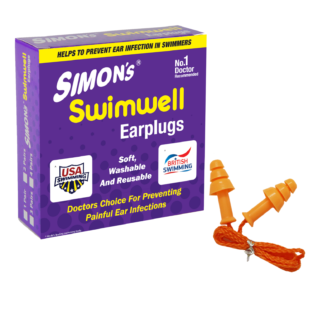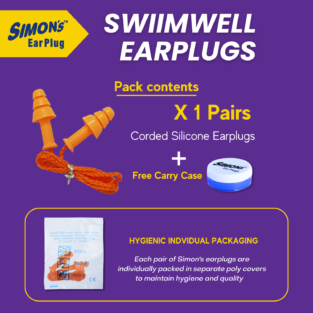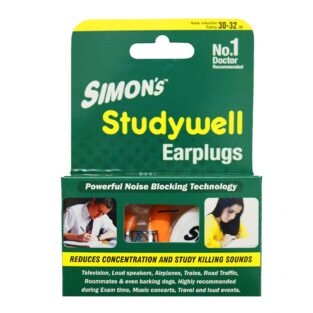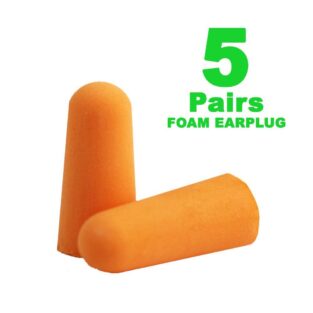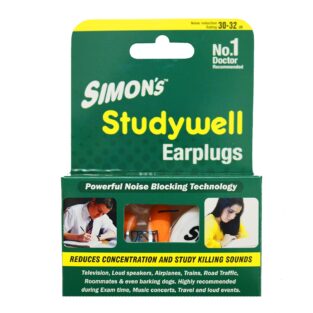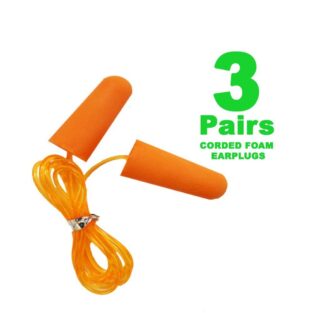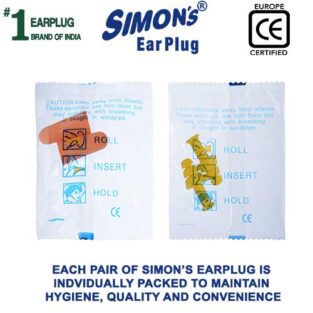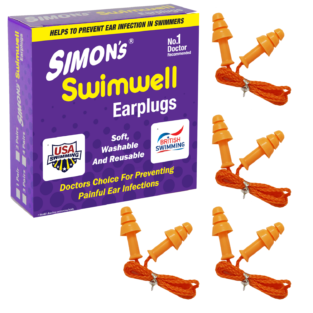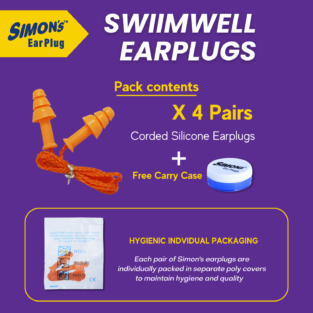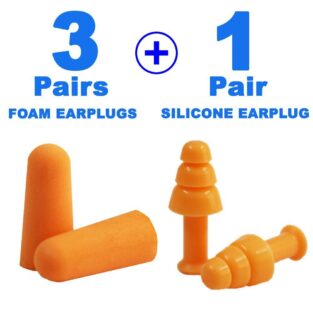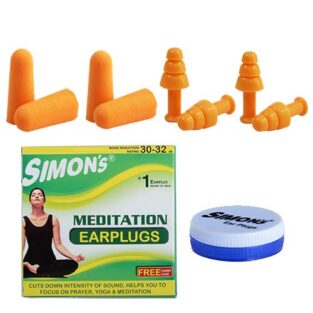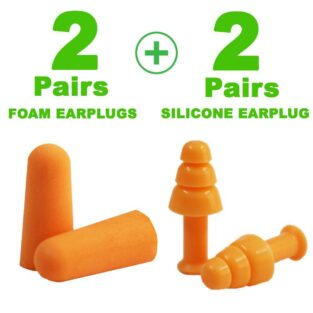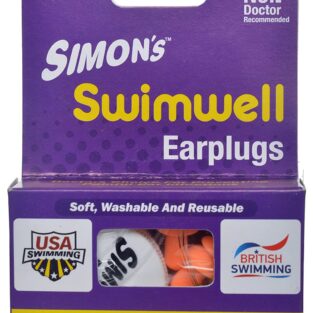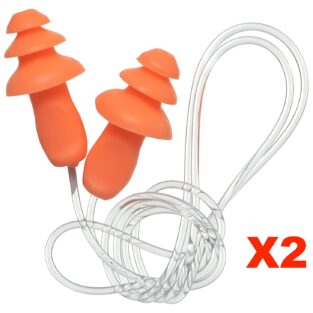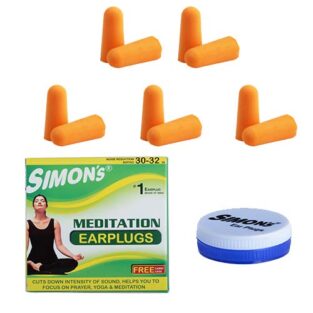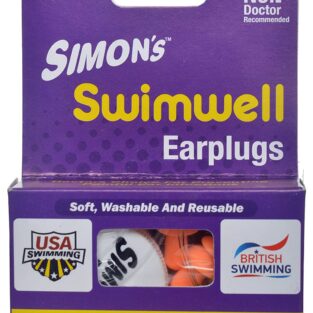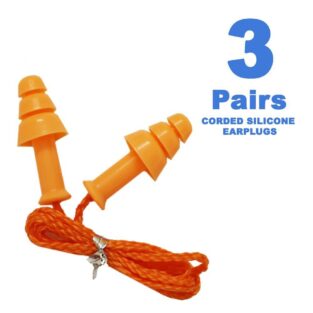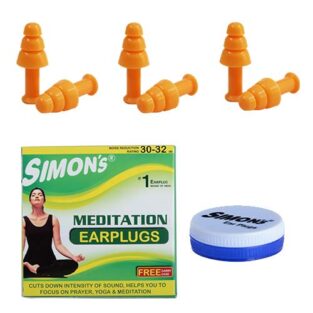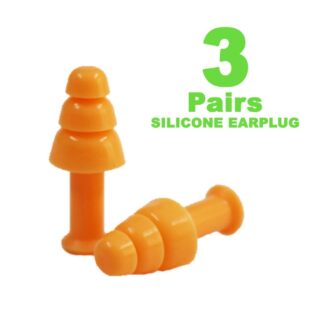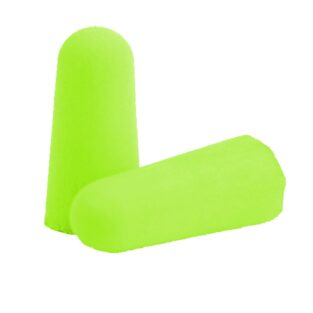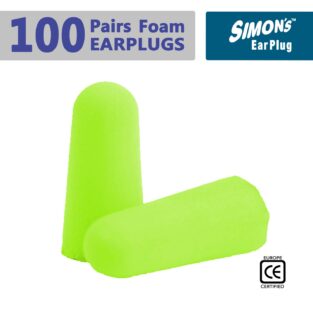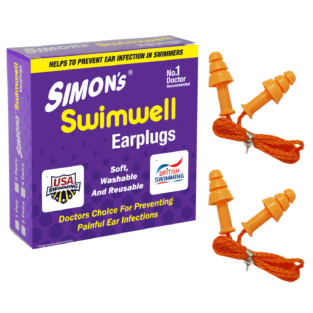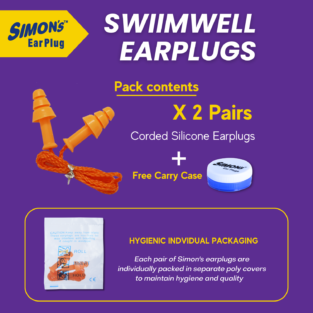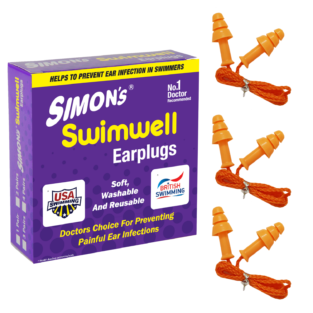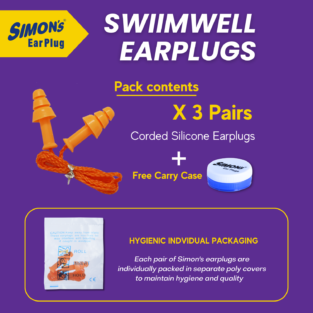- Empty cart.
- Continue Shopping
Earplugs
A safety earplug is a useful item that can assist you in avoiding commotion and loud noises. It can be used for a variety of activities, including studying, working in noisy situations, and sleeping in noisy environments. The amount of sound that gets into your ears can be considerably reduced by using earplugs. Someone who struggles to focus or sleep because of their environment’s noise level may find this straightforward tool to be an easy answer. To prevent distractions like noise, music, loud talking, etc., students can use safety earplugs when studying. They can concentrate on their subjects more easily because of the reduced distractions brought on by outside sounds.
For those who work in noisy environments like factories and construction sites, earplugs are particularly crucial. In addition to shielding the ear from excessive noise, they also prevent water, wind, and other foreign objects from getting inside the ear canal. These soft earplugs are made to fit within the ear canal without any additional tools.
Many individuals wear earplugs to sleep in addition to protecting their ears from loud noises. For light sleepers or those who reside in a loud neighbourhood, they can make all the difference in the world. Even yet, there is significant disagreement over the safety of sleeping with earplugs in every night.
What advantages are there?
The quality of your sleep can be greatly enhanced by using earplugs while you sleep. Many people find that the only way to drown out sounds while they sleep, such as a snoring partner or traffic noise from a nearby motorway, is using earplugs.
This is vital since both the quantity and quality of your sleep are important. You may be startled out of a deep slumber by loud noises. Even if you briefly awaken, this has long-lasting consequences. Your body needs some time to go back into that deep sleep phase after a long day.
How are comfy earplugs created?
An earplug’s comfort cannot be determined by the way it feels or looks. Through user experience, comfort can only truly be measured. Earplugs have unique qualities that have made Classic earplug products popular among employees and industrial safety experts for a long time.
Their distinctive in-ear features, such as form, density, texture, and moisture resistance, guarantee all-day comfort and protection in a variety of work settings.
Integrated comfort:
- Reduced ear canal pressure: The E-A-R Classic Earplugs’ special slow recovery foam reduces ear canal pressure more than conventional foams do, providing exceptional comfort all day long.
- Keeps in place: Traditional earplugs are hard when rolled down for fitting but soften once in a position to completely and pleasantly seal the ear canal.
Earplugs are small devices that are inserted into the ear canal to reduce the level of sound entering the ear. They are commonly used to protect the ear from loud noises, to aid in sleeping by blocking out ambient noise, and to prevent water from entering the ear while swimming or bathing.
There are different types of earplugs available, including:
- Foam earplugs: Foam earplugs are made of soft, pliable foam and are designed to fit snugly in the ear canal. They are disposable and are often used in noisy environments, such as concerts, construction sites, or when operating loud machinery.
- Moldable earplugs: Moldable earplugs are made of a soft, pliable material that can be shaped to fit the contours of the ear canal. They are reusable and are often used for sleeping, studying, or to block out noise in the workplace.
- Custom-molded earplugs: Custom-molded earplugs are made from a mold of the ear and are designed to fit the specific contours of the ear canal. They provide a high level of noise reduction and are often used by professional musicians, pilots, and industrial workers.
- Swimming earplugs: Swimming earplugs are designed to keep water out of the ear canal while swimming or bathing. They are often made of a waterproof material and are designed to be comfortable to wear for extended periods of time.
It is important to choose the right type of earplugs for your needs, and to ensure that the earplugs fit properly to provide adequate protection. It is also important to follow the manufacturer’s instructions for inserting and removing the earplugs, and to clean and store the earplugs properly to prevent infections or other issues.

